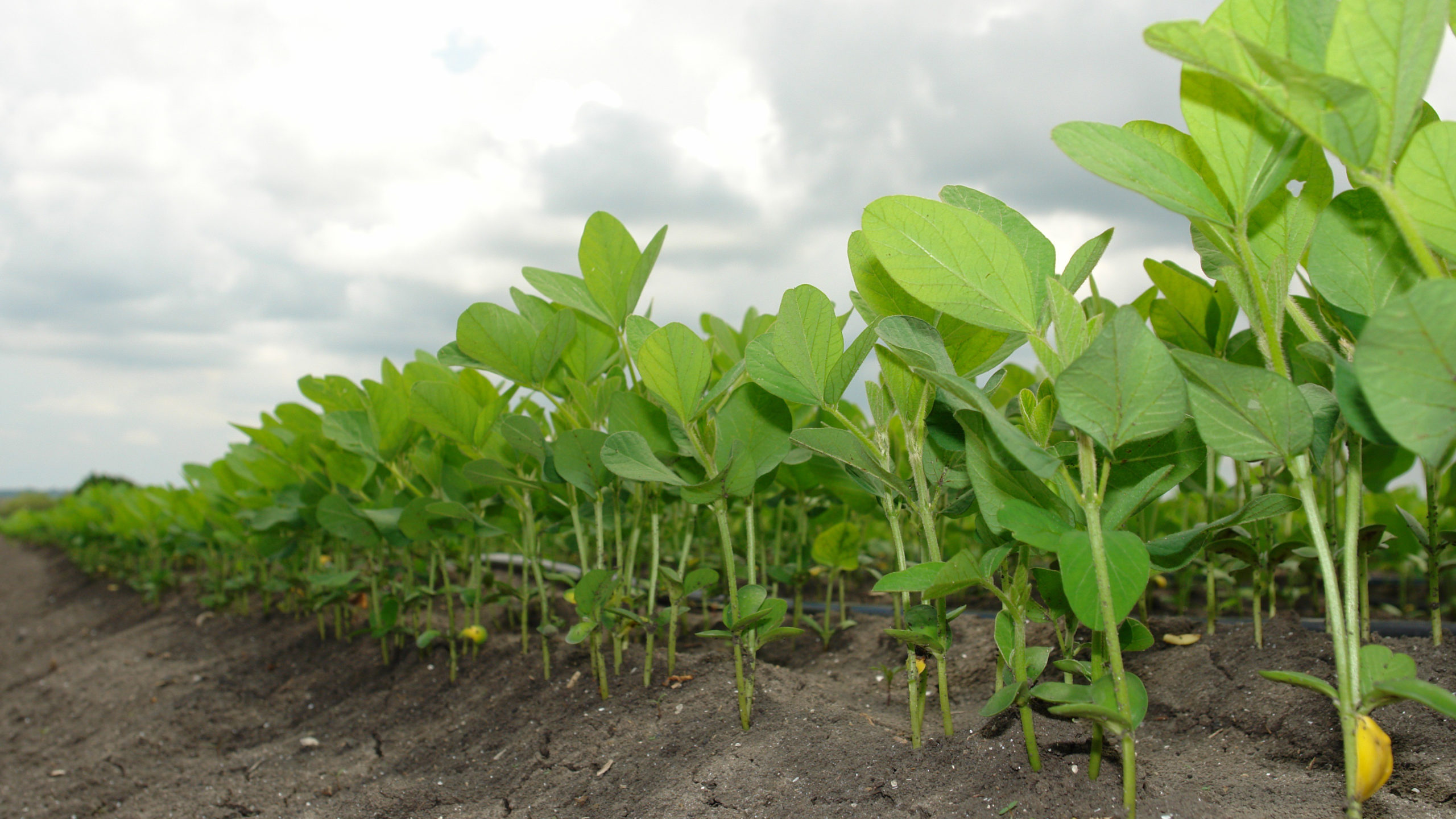Legumes are profitable. Whether you’re a smallholder farmer looking to boost income, a trader seeking fast-moving commodities, or an agribusiness investor searching for scalable opportunities, legumes offer a smart path forward.
Why? Because they’re versatile. Nigerians eat them, export them, use them for animal feed, and process them into everything from cooking oil to baby food. Legumes also enrich the soil, making them an ideal addition to crop rotation systems, especially in a country where fertiliser costs keep rising.
But not all legumes are equal when it comes to market value. Some are in steady demand year-round, others spike seasonally, and a few are quietly becoming Nigeria’s next agri-cash crop. So, which ones are truly worth your time, land, and investment?
Here are the top 5 legumes currently in high demand across Nigerian markets:
1. Soybeans
Why it’s in demand:
Nigeria’s growing food processing industry can’t get enough soybeans. It’s a key ingredient in baby food, cooking oil, livestock feed, and even plant-based milk.
Soybeans grow well in the North and parts of the Middle Belt. If you can time your planting well with the rains and keep weeds under control, the returns are solid, especially when sold in bulk.
Who’s buying:
- Feed millers
- Oil producers
- Exporters (especially to Asia and North Africa)
2. Cowpea (White Beans)
Why it’s in demand:
Cowpea (Beans) is a Nigerian kitchen essential. From Akara to moi-moi and rice-and-beans, they’re everywhere. White beans are especially preferred in most homes and restaurants. Cowpea prices usually shoot up during the dry season. Consider storing and selling later for better profits.
Who’s buying:
- Local markets (steady demand)
- Food vendors and bulk caterers
- Exporters (especially to neighbouring West African countries)
3. Groundnut (Peanut)
Why it’s in demand:
Besides being a household snack, groundnut is used for oil production, animal feed, and confectionery. It’s a multi-use crop with strong value chain opportunities. For instance, groundnut cakes (kuli-kuli) are in high demand in the north and some southwestern states, and processing them can add extra income.
Who’s buying:
- Oil mills
- Snack manufacturers
- Exporters (especially for raw shelled nuts)
4. Bambara Nut (Okpa)
Why it’s in demand:
Bambara thrives in poor soils and is drought-tolerant, making it a low-risk, high-reward crop in the right zones. Though less mainstream compared to other legumes on this list, Bambara nut is gaining traction, especially in the South East and parts of the South-South, for its use in making Okpa, a popular delicacy.
Who’s buying:
- Local processors and food sellers
- Nutritionists and food companies (for its high protein profile)
- Exporters targeting niche African food markets
5. Pigeon Pea (Fio-fio)
Why it’s in demand:
Popular in parts of the East and Middle Belt, pigeon pea (fio-fio) is gradually entering urban food markets due to rising interest in local delicacies and healthier eating. Demand spikes during cultural festivals and off-season periods. With some storage, you can cash in big.
Who’s buying:
- Local markets in the East
- Urban grocers and health-conscious consumers
- Exporters (especially to India and Caribbean markets)
Wrapping up,
As food inflation rises and Nigerians become more intentional about their food choices and cultivation, legumes will continue to play a key role. They are nutritious, profitable, and sustainable, a rare trio in today’s farming world.
So whether you’re planting, processing, trading, or exporting, these 5 legumes should be on your radar. Start small, study your market, and grow smart. The demand is already there, what’s left is for you to plug in.

Leave a Reply